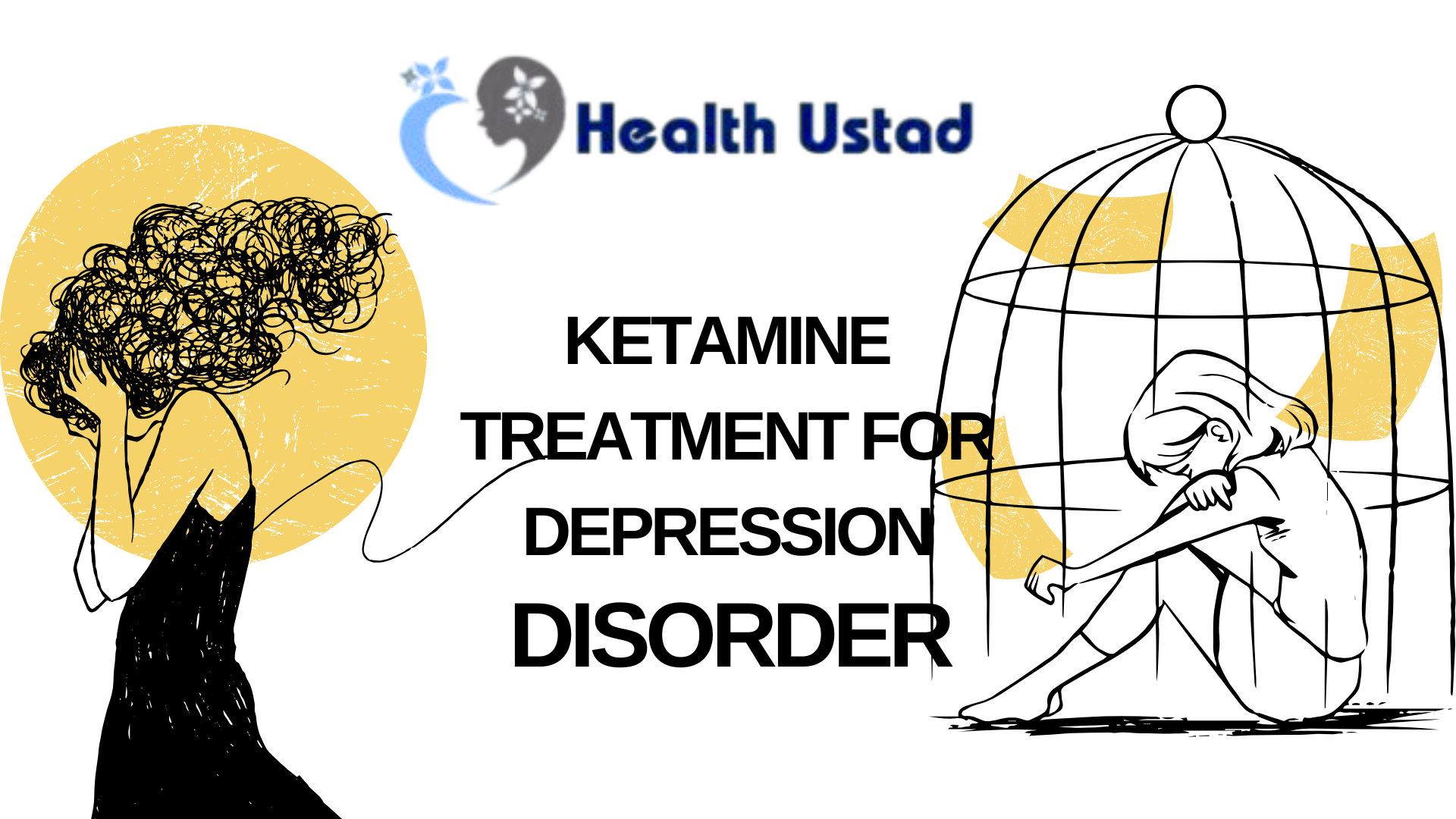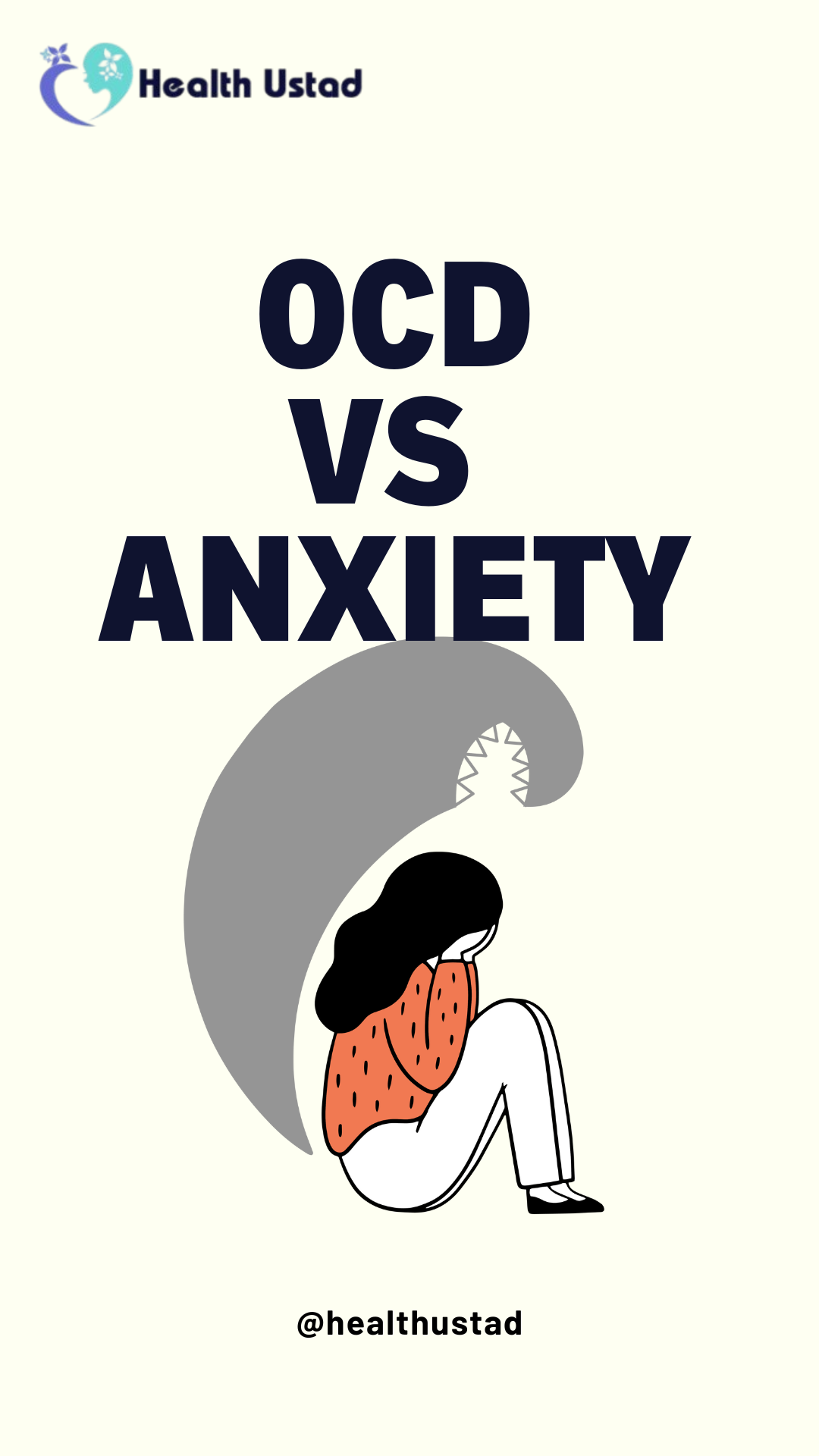What is Selective Mutism?
What is Selective Mutism?
Selective mutism (SM) is a mental condition in which a person can’t start or pursue conversations in certain circumstances. This mutism in some circumstances can be due to fear or uneasiness. It ordinarily influences children during their developmental age, but it can be diagnosed in youngs and adults as well.
This condition is more than being bashful, modest or shy. Selective mutism is a type of Anxiety Disorder. It could be diagnosed with the presence of other anxiety disorders and can have severe effects on later life.
Prevalence of Selective Mutism
SM is reasonably uncommon. It influences less than 1% of individuals. It nearly continuously starts in childhood around age 5, frequently coming to consideration before long after a child begins preschool or kindergarten. It’s less common — but still conceivable — in youngsters and adults.
SM appears to influence ladies approximately twice as regularly as men. In any case, that number may be skewed since of inclination or generalizations around how chatty individuals ought to be based on their sex. More investigate is fundamental to decide if the difference is accurate.
SM is uncommon by and large, but it’s particularly uncommon in grown-ups. You might recognize the indications of it in yourself, or you might recognize them in your child (or a child you care for). Everybody with a determination can advantage from treatment, in any case of age.
Symptoms and Causes
Selective mutism makes you conversation less or feel incapable to conversation in circumstances where you aren’t comfortable. Something else, you have no trouble with talking.
What are the side effects of specific mutism?
The “selective” in this condition’s title implies it as it were happens in certain circumstances (keep in mind that it’s not a willful or think choice not to conversation). If you have SM, you have no inconvenience talking in comfortable circumstances. In any case, you reliably discover talking troublesome or inconceivable in awkward situations.
The indications can take diverse shapes. A few individuals are totally incapable to conversation (or about so). Others may communicate less or in constrained ways.
Total or near-total failure to communicate
This is going to extraordinary lengths to dodge communicating or dodging it completely. It can see like:
• Feeling incapable to talk. It can happen since you feel overpowered or paralyzed by fear or uneasiness. It can show up that you’re denying to conversation, but is an “autopilot” reaction or maybe than a think choice.
• Tense or solid pose, solidifying or feeling incapable to move.
• A “deer in the headlights” or clear expression.
• Avoiding eye contact.
• Avoiding social intuitive or not taking an interest in them.
• Not inquiring for things needed or required (such as a child in school not inquiring a instructor if they can go to the lavatory, driving to daytime wetting).
• Behaving problematically (such as tossing mood fits) to maintain a strategic distance from talking.



Post Comment